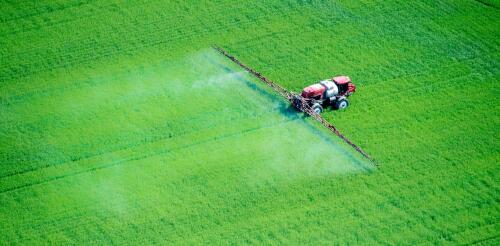DDT
Climate change can seem like an insurmountable challenge. However, if you look closely at its causes, you’ll realize that history is filled with similar health and environmental threats that humanity has overcome. The main cause of climate change – carbon dioxide from the burning of fossil fuels – is really just another pollutant. And countries know how to reduce harmful pollutants. They did it with the pesticide DDT, lead paint and the power plant emissions that were causing acid rain, among many others. In each of those cases, growing public outcry eventually led to policy changes, despite pushback from industry. Once pressured by laws and regulations, industries ramped up production of safer solutions. I am an earth and environmental scientist, and my latest book, “Reclaiming Our Planet,” explores history’s lessons in overcoming seemingly insurmountable hazards. Here are a few examples: Banning DDT despite industry pushback DDT was the f...
In 1962 environmental scientist Rachel Carson published “Silent Spring,” a bestselling book that asserted that overuse of pesticides was harming the environment and threatening human health. Carson did not call for banning DDT, the most widely used pesticide at that time, but she argued for using it and similar products much more selectively and paying attention to their effects on nontargeted species. “Silent Spring” is widely viewed as an inspiration for the modern environmental movement. These articles from The Conversation’s archive spotlight ongoing questions about pesticides and their effects. 1. Against absolutes Although the chemical industry attacked “Silent Spring” as anti-science and anti-progress, Carson believed that chemicals had their place in agriculture. She “favored a restrained use of pesticides, but not a complete elimination, and did not oppose judicious use of manufactured fertilizers,” writes Harvard...

